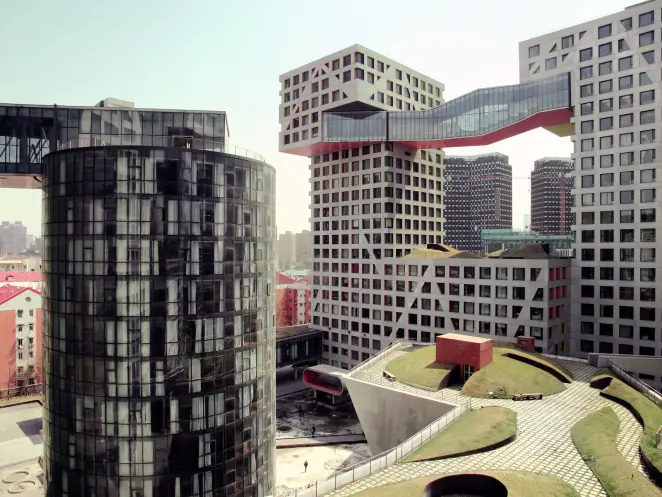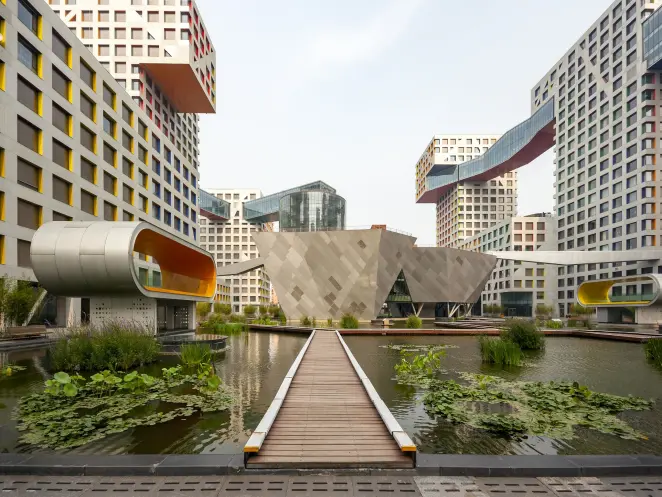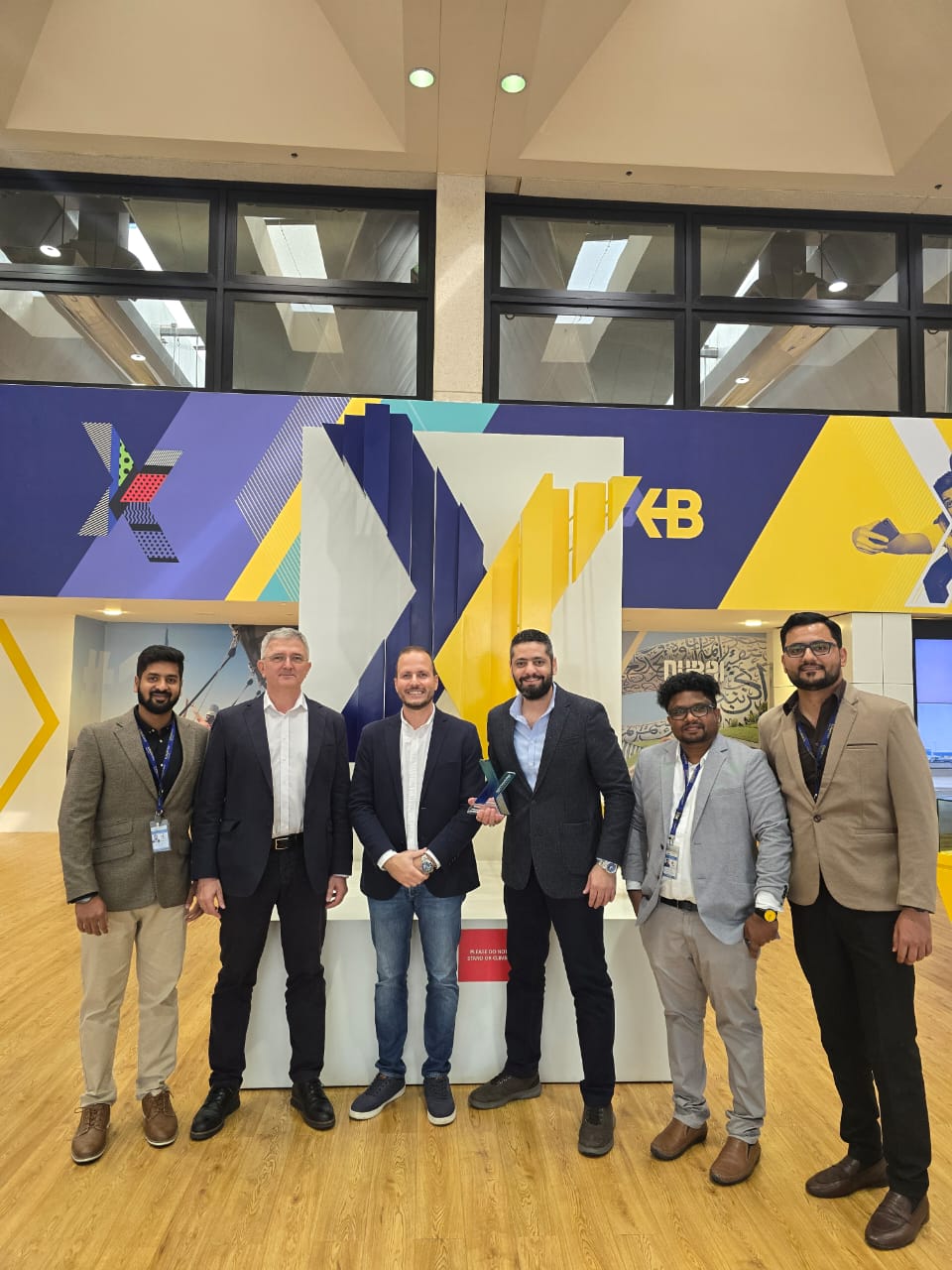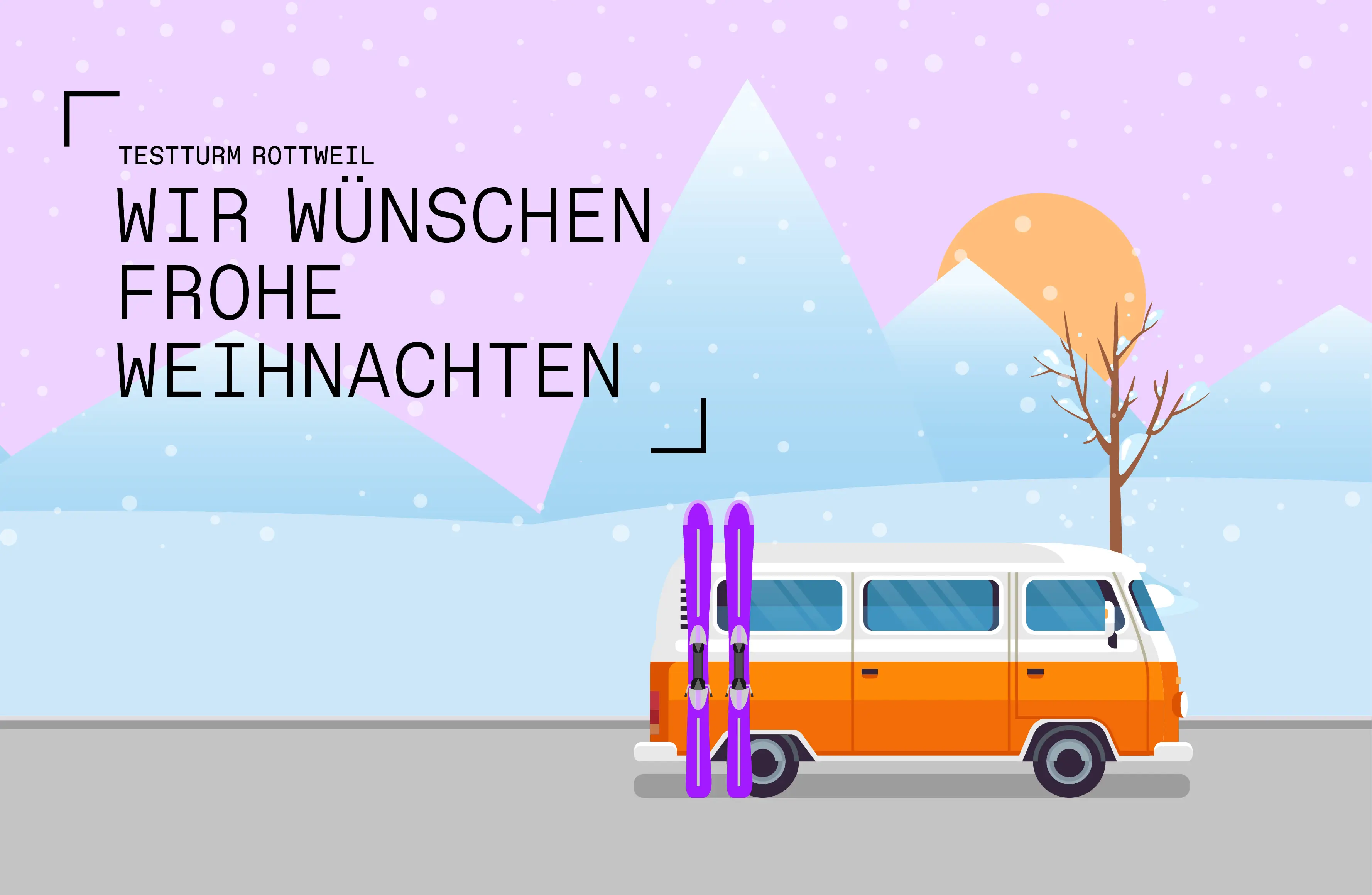Cities Of The Future: What Will Urban Living Look And Feel Like?
04.07.2025 | Urbanization
Cities are shapeshifters. They rise, sprawl, and reinvent themselves, sometimes faster than we realize. By 2050, nearly 70% of the world’s population will live in urban areas. But what will those cities look and feel like? Think less concrete jungle, more connected ecosystem. Smarter, more sustainable, and (hopefully) more livable. Here’s a peek at the ideas, technologies, and bold experiments driving the transformation of city life.
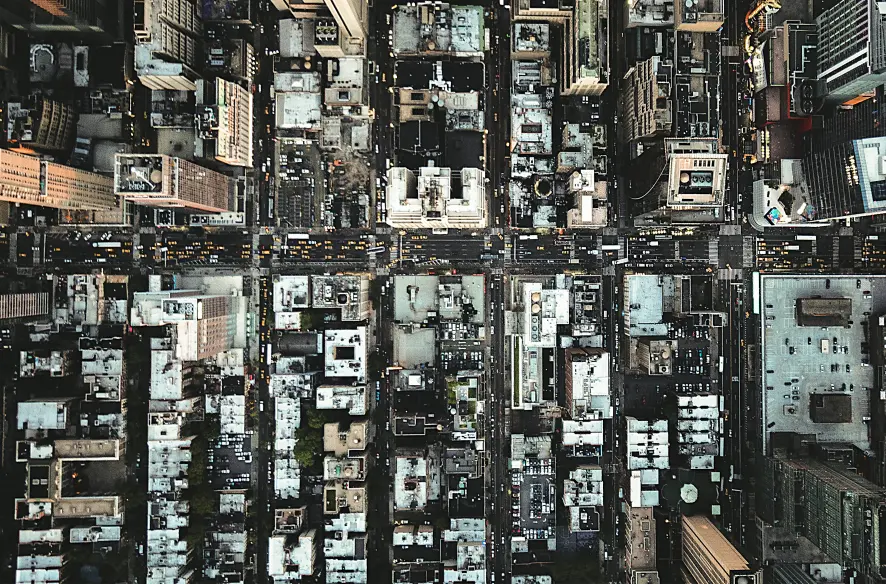
In the future, cities may see flying vehicles, mega bridges, super-connected street experiences, and underground spaces. They will be powered by big data, the Internet of Things, and artificial intelligence, and it’s not as futuristic as it sounds, because some cities are already getting there!
But while the focus is heavy on tech, other aspects of the futuristic city are equally important, including making them sustainable, inclusive, and vibrant. Using technology to create a new quality of life without losing the human touch – that will be the ultimate test.
We check out what the first inroads into cities of the future look like.
Go Down To Go Up In Quality
Urban land is running out, and the price of building upwards keeps climbing. So what’s the solution? Simple – build down.
Subterranean construction isn’t just a cool sci-fi trope. It’s a cost-effective, climate-friendly way to expand cities. With stable underground temperatures, heating and cooling costs can drop by up to 80%. And in disaster-prone areas, going underground can literally be a lifesaver. The reduced costs of not having to lay foundations doesn’t hurt either.
Cities that are already leading the way include:
- Singapore, which is creating entire underground ecosystems – data centers, utility plants, and transport hubs that free up surface land.
- Helsinki, which aims to keep its carbon footprint down and its skyline low. The Finnish capital has been developing a subterranean city with shopping centers, metro stations, swimming pools, as well as one of the world’s greenest data centers.
Watch Helsinki Urban Underground Spaces, video by Helsingin kaupunkiympäristö, taken from YouTube.
Tunneling To The future
Tunnels aren’t just for trains anymore. They’re being reimagined as the arteries of futuristic cities: multi-functional and multi-modal.
In Kuala Lumpur, a single tunnel doubles as a flood drain and traffic artery–shifting between car use and water diversion depending on the season. The aptly named SMART tunnel uses the same infrastructure to provide an underground highway and to prevent the city from flooding.
Over in London, plans are underway for an underground logistics network capable of moving 600 million packages a year, freeing up surface streets and reducing emissions.
As boring technology – no pun intended, that’s literally the category name for tunneling tools – gets cheaper and more efficient, the number of tunnels will boom.
And not just below ground either. The hyperloop, a terranean tunnel system that enables very fast train transport, is being tested in India, Dubai, Abu Dhabi, Las Vegas and Switzerland, and could one day transport people and cargo at speeds over 1,000 km/h.
Swisspod’s in-development hyperloop system is aiming to transport passengers and cargo from Geneva to Zurich in 17 minutes, which is a significant reduction from the current time of about 3 hours.
Watch Tesla Underground Tunnel Automated Transportation System at Las Vegas Convention Center Loop, video by YOUCAR, taken from YouTube.
Bridging Experiences
As space becomes an increasingly scarce resource, bridges of the future will do a lot more than just connect two destinations. They will be destinations in and of themselves.
Take Washington D.C.’s 11th Street Bridge Park, which transforms an old bridge into a public park complete with an amphitheater and boat launch area. Or Beijing’s Linked Hybrid, a series of skybridges linking towers with shared amenities – it is office meets café meets sky garden. London, never a city to shy away from brave architectural choices, even put a swimming pool on a bridge between two towers!
Future cities will see more of these “enclosed programmatic” skybridges that house offices, and restaurants. And for residents to seamlessly access the different levels and mixed-use areas, cities will increasingly rely on innovations like MULTI, the first ropeless elevator that doesn’t just go up and down, but left and right, too.
Mixing It Up – Literally
The concept of mixed-use buildings already got a boost in the Covid-years, when thousands of office buildings sat empty for months on end.
Now, they are increasing in popularity, and cities of the future won’t even have "residential zones" and "office districts"–they’ll blend living, working, and leisure into fluid, walkable neighborhoods.
In Toronto, Sidewalk Labs pushed the boundaries with modular, sustainable developments powered by local microgrids. Though the project was ultimately shelved, its concepts live on in new mixed-use developments around the world.
In Medellín, Colombia, The Library Parks are multi-use spaces that bring people from diverse neighborhoods together to create a new urban hub and demonstrate a way to bridge communities.
Mixed-use is also at the heart of the idea of the 15-Minute City. The concept envisions everything you need – work, school, groceries, green space, healthcare, cafes –no more than 15 minutes away by foot or bike. Pioneered by urbanist Carlos Moreno and popularized in cities like Paris, this model champions hyper-local living and encourages self-sufficient neighborhoods that reduce traffic, lower emissions, and boost community interaction. Cities may grow, but the neighborhood is self-sufficient and self-contained.
Street Smarts: Connected, Adaptive, Responsive
Imagine streetlights that brighten automatically when crowds gather or flash to signal an incoming ambulance. In Los Angeles, that’s already happening.
The fusion of 5G, sensors, and AI will make inhabitants of urban environments more aware of what’s happening around them in real time. From traffic control to emergency response, everything becomes more responsive and efficient, and hopefully – safer.
Add in AR-powered apps that offer personalized navigation and city services, and you’ve got a street-level experience that’s as seamless as riding an elevator.
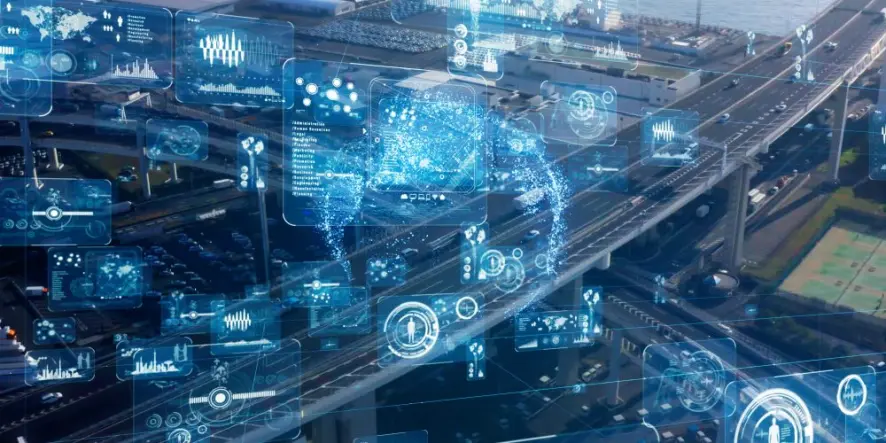
Mobility Without The Mayhem
Private car ownership is on the way out. Instead, think app-summoned autonomous pods, e-bikes, moving sidewalks, and yes, flying taxis. As more residents rely on shared vehicle and self-driven public transit options, the amount of parking space that will be freed up offers myriad solutions for public parks, more housing, or other facilities that benefit the city as a whole.
And if you think that’s way too futuristic, think again. Because companies like Uber Elevate and Volocopter are already working on eVTOLs (electric vertical takeoff and landing vehicles) designed for short urban hops. That rooftop parking garage might soon become your local skyport.
For those who prefer pedal power, cities like Copenhagen and Utrecht are making sure not to forget the bicycle enthusiasts. They are pioneering elevated bike highways and weather-protected cycle paths, so there will be plenty of options for everyone.

The Future Is Urban–and Human
Yes, technological advances are making cities smarter, faster, and more automated. But future-ready cities aren’t just about tech–they’re about people. That means designing spaces that are safe, inclusive, sustainable, and accessible to everyone.
Because if a city isn’t walkable, livable, and resilient, it’s not really future-proof.
Check out how TKE is contributing to advancing mobility in cities of the future.
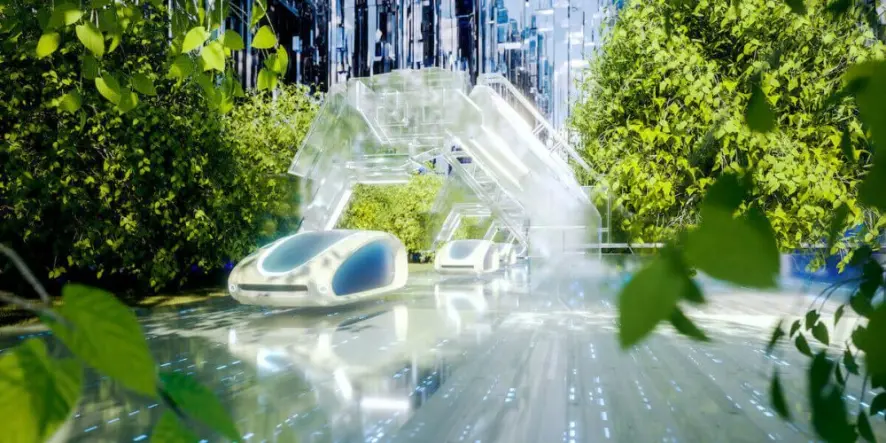
Sources
Image Credits
Helsinki Urban Underground Spaces, video by Helsingin kaupunkiympäristö, taken from YouTube
Tesla Underground Tunnel Automated Transportation System at Las Vegas Convention Center Loop, video by YOUCAR, taken from YouTube
Linked Hybrid 1, image by Steven Holl, taken from Flickr
Linked Hybrid 2, image by Steven Holl, taken from Flickr
Linked Hybrid 3, image by trevor.patt, taken from Flickr
Volocopter at IAA 2017 1, image by Spielvogel, taken by Wikimedia Commons
 TK Elevator
TK Elevator
